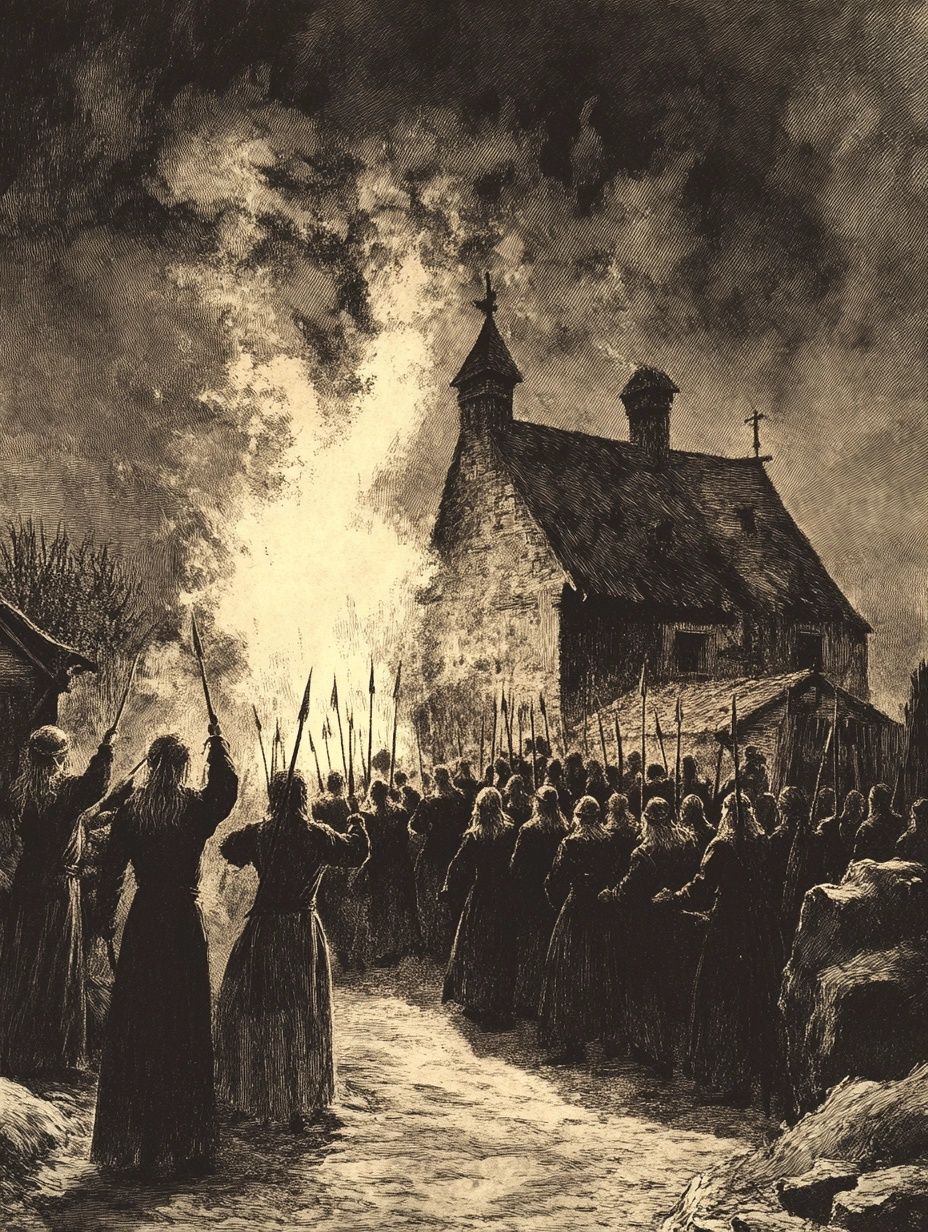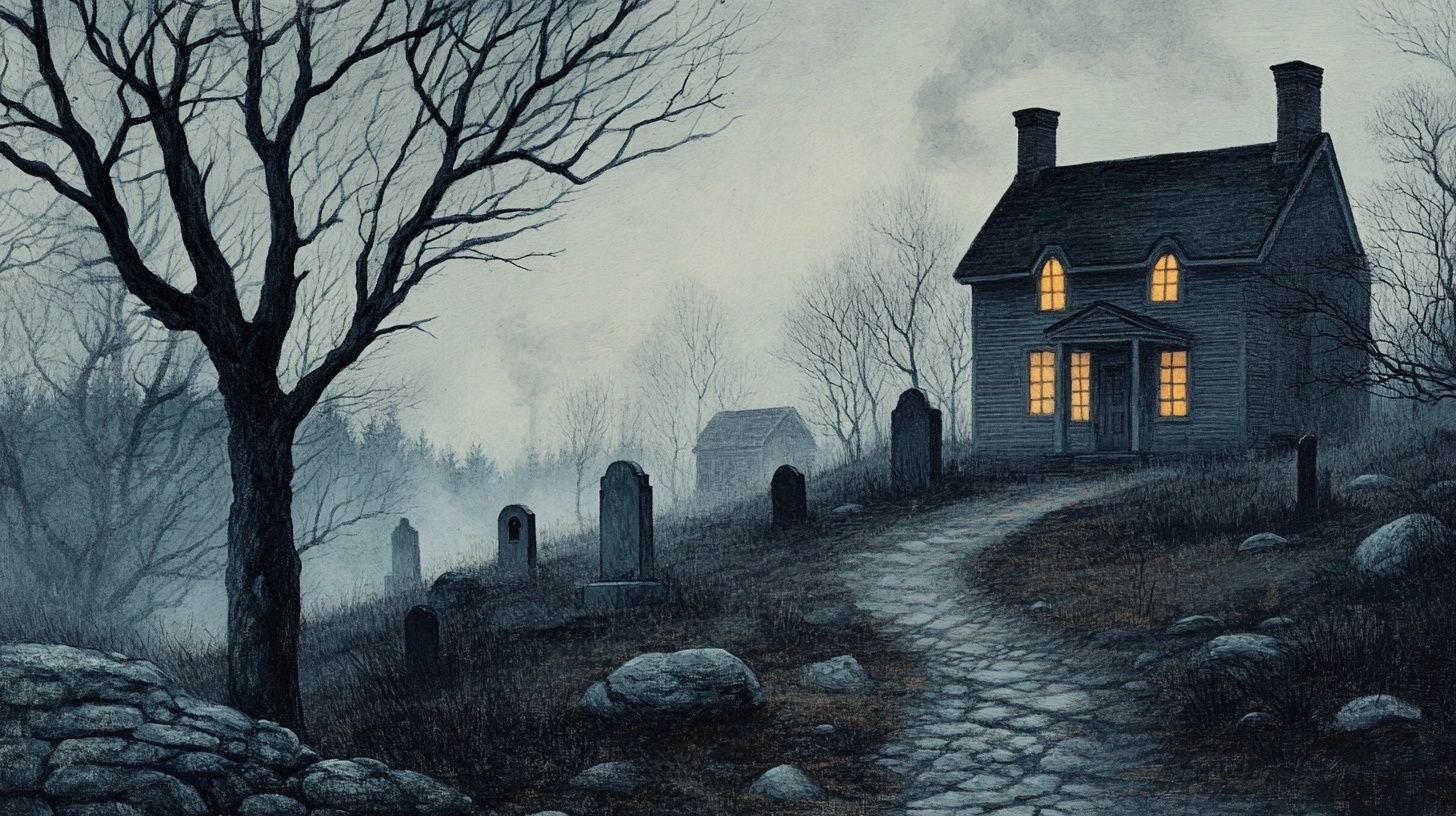The animal trials of the Middle Ages: a rooster burned at the stake for laying an egg and other unbelievable stories
Between the 15th and 16th centuries, there are records of over 100 animal trials held in Europe.
That is correct. Real animals going through criminal prosecution in a human trial court, with judges and defense lawyers and everything.
The trials were a natural offshoot of the witch craze that had started to ramp up from the early 15th century and was fueled by the widespread belief that the Devil was using animals (and humans) as instruments of evil.
These stories are recorded as historical fact, but over time, they've also evolved to become the stuff of folklore legends.
Ready for a trip into the bizarre? Let’s go.
Published: 28th Nov 2024
Author: Mythfolks
1. Absurd European animal trials
The animal trials weren’t confined to a single type of animal but covered a wide range of creatures, from livestock to vermin - all of which were believed to have fallen under the Devil’s influence.
Summons for animal defendants or fair due process!
Well we can't accuse them of not trying to be fair. Animals accused of crimes were most often given the same legal rights as humans.
Courts issued formal summonses for animals to appear and any failure to do so resulted in trials proceeding in absentia, which unsurprisingly, was usually the case.
Defense lawyers were often appointed by the courts but some would actively seek out assignment (because what a great addition to the CV!).
When animals were found guilty, they were usually ordered to be executed by burning at the stake, the same tragic fate as their human counterparts.
Early trials of leeches & caterpillars
In 1451 leeches were tried (for some imaginary devil-related wrongdoing) in Lausanne, Switzerland. When they failed to appear in court, they were ordered to leave the area within three days. It was recorded that they refused to do so (!) and were later wiped out by a plague.
Caterpillars were similarly often attacked and cast out from the land - in an even earlier example, in 1120 the Bishop of Laon in France tried and convicted them and apparently they immediately left!

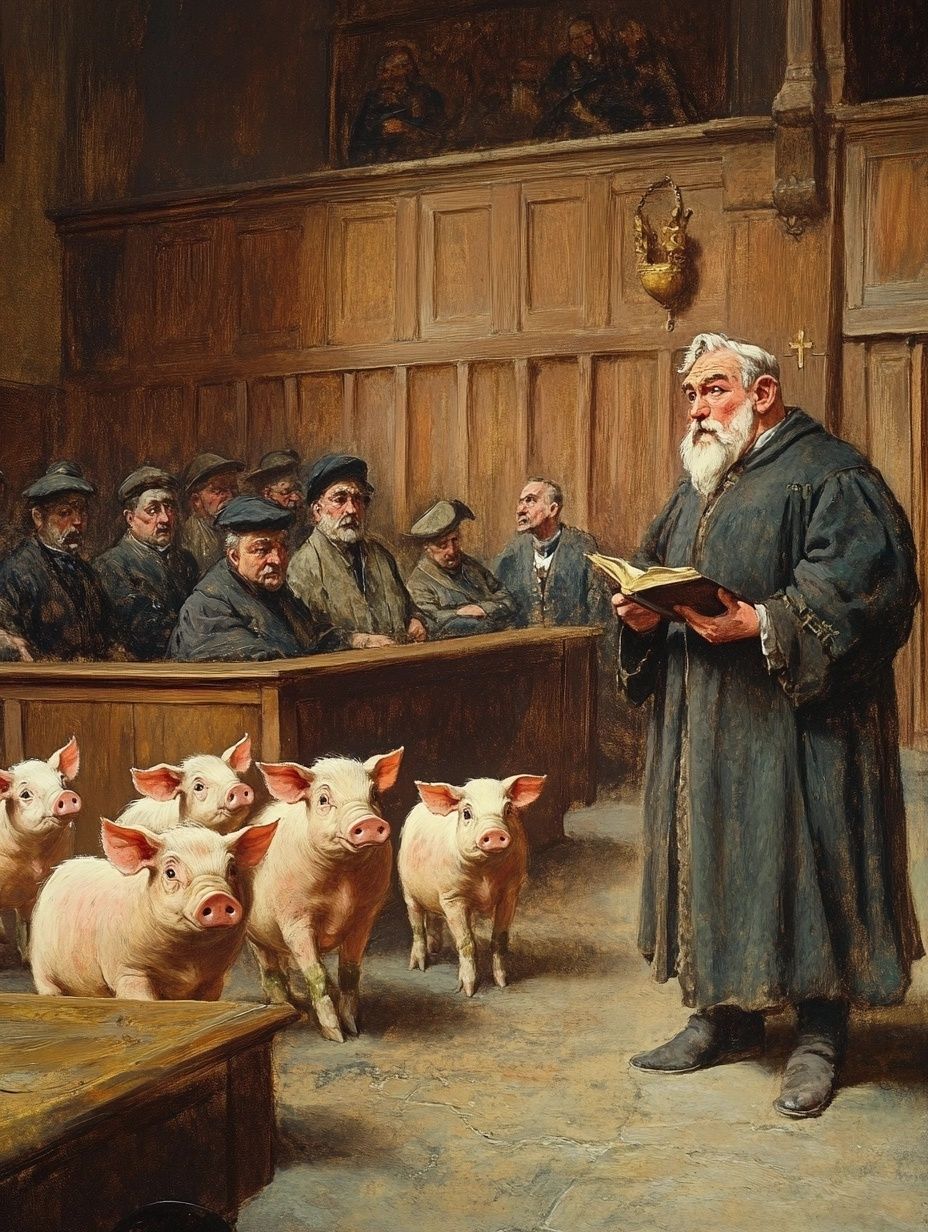
Evil pigs
In 1456 in Laveguy France, a sow and 6 of her piglets were accused of killing and eating a child, which is a grievous charge indeed and is at least a worthy cause to pursue retribution for - but still utterly absurd to hold a trial of course.
The pigs’ lawyer couldn’t bring himself to argue for the sow, but did manage to convince the court that the babies were not responsible as they’d been led astray by their evil mother.
They were spared, but mum was publicly roasted in the marketplace.
The Basel rooster and the oversized egg
In Basel, Switzerland, in 1474, a rooster was put on trial after laying an extra large egg - an act seen as unnatural and demonic.
Rooster eggs were feared as vessels for hatching winged serpents or other destructive creatures.
During its trial, the lawyer assigned to defend it refused to do so having already determined that his client was guilty.
The poor rooster was subsequently formally found guilty and was burned at the stake alongside its egg, in a dramatic public execution.
Legends of rats and mice
Let’s face it, rats and mice spread harmful diseases and all round have very little to offer humans - which is probably why they’re also often seen as agents and symbols of punishment in folklore, especially in German legends.
The Archbishop Hatto of Metz was said to have been devoured by mice in his tower at Bingen on the Rhine. The story claims that during a famine, he locked the poor in a barn and burned it to save food for himself. The rats, angered by his cruelty, swarmed him as revenge.
Bishop Widerolf of Strausburg suffered a similar fate in 997 after issuing an edict against mice. Likewise, Bishops Adolf and Guttengen of Cologne were reportedly eaten alive in their castle on the Rhine after hoarding grain during a famine, leaving the starving population with nothing.
Given their propensity for carrying disease you wouldn’t be wrong in thinking that perhaps summoning them en masse into a court room full of people wouldn't be very sensible.
But there was no stopping this train of madness…
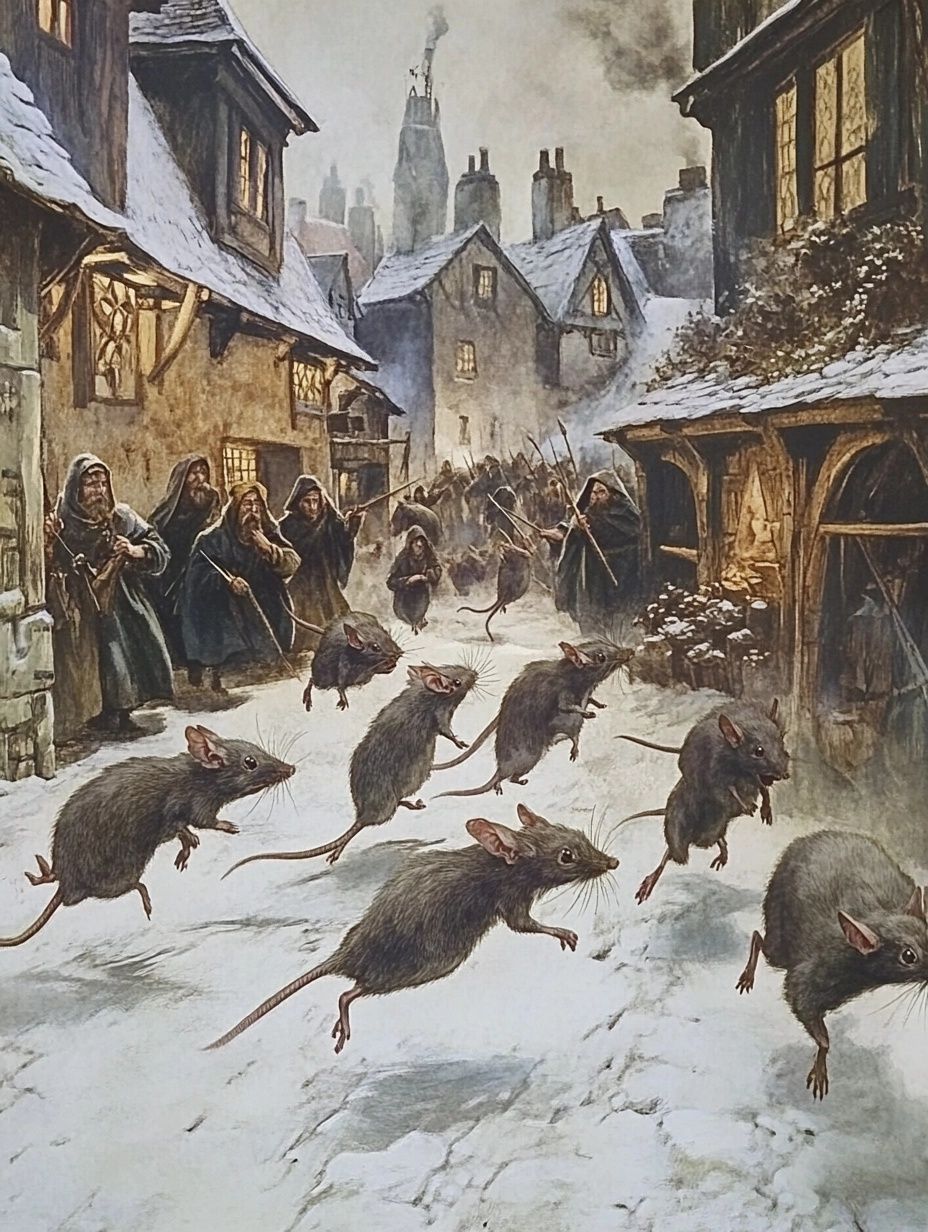
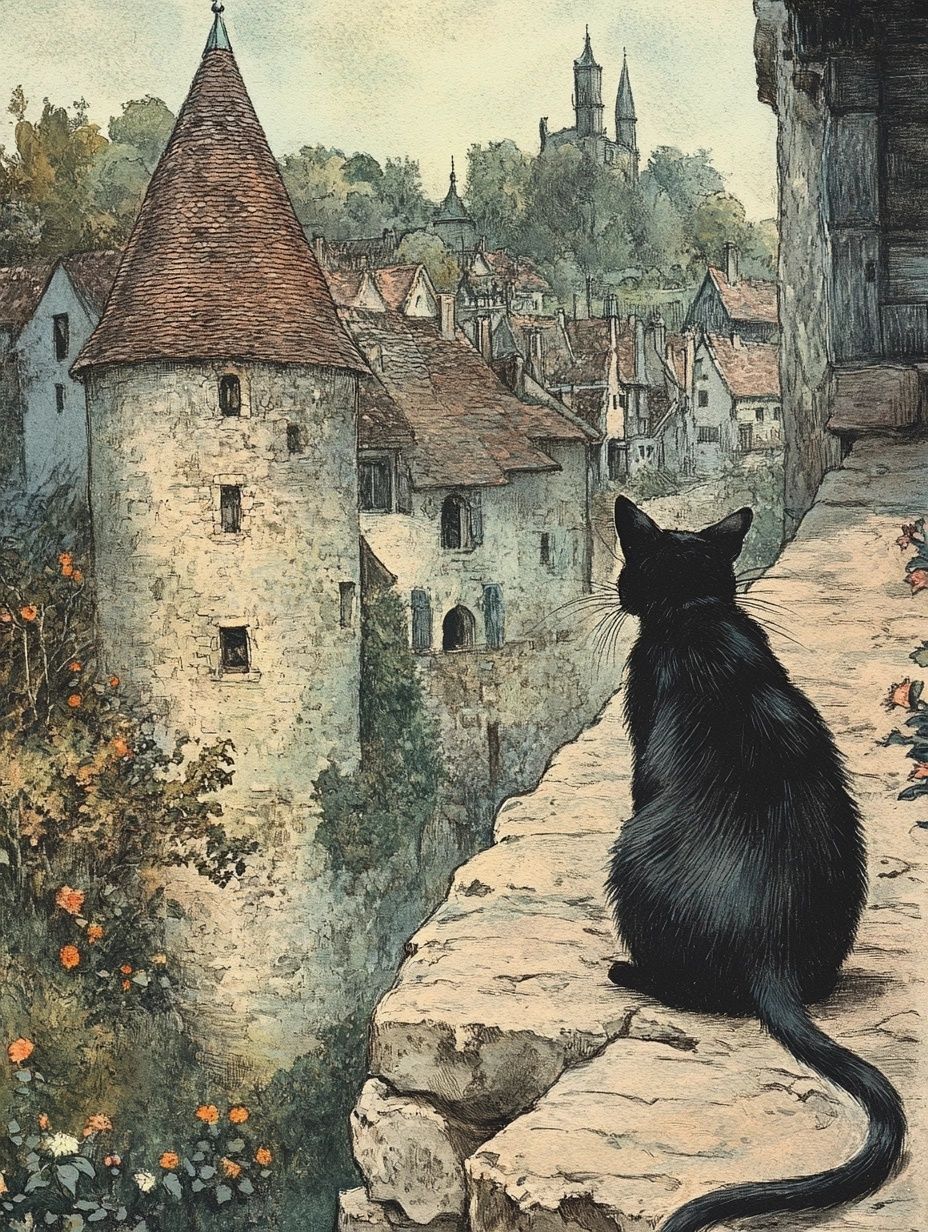
The hilarious trial of the rats in Autun
My favourite story - one of history's most bizarre legal cases took place in Autun, France, in 1531- a trial against rats.
The rodents had overrun the town, apparently devouring everything in sight, prompting the Bishop to accuse them of being in league with the Devil and summon them to court.
Barthelemy de Chassenenz, who was described as “the greatest criminal lawyer of his day” was appointed to defend the rats.
The rats were properly summonsed but when the trial began, the rats didn’t show up! Shocking!
Chassenenz argued for a delay, claiming, “My clients are very numerous. Some are old and feeble, some sick, some lame. The roads are bad and the weather inclement. Some are young and cannot travel far. The way is long and hard. I pray this honorable court to grant further time.”
The court, was very sympathetic and granted the rats three weeks to gather themselves. But when the extension ended, the rats were still absent.
Chassenenz explained their absence again, this time saying that his clients couldn't safely travel to court because the roads were swarming with cats who would only try to eat them.
Unbelievably, the court ordered all cat owners to restrain their pets or face penalties, ensuring the rats could attend without fear.
In the end, when the rats still didn’t appear, the ludicrous case was finally dismissed and the townspeople set about finding more sensible ways to fix their rat problem.
Presumably things like setting their cats on them…
Animal Trials in New England and North America
The belief in animals as instruments of the Devil naturally followed settlers across the pond to New England, where similar trials occurred during the Salem witch trials.
Dogs of the Salem witch trials
Dogs have long featured prominently in symbolic historical and folklore narratives.
In ancient Rome, dogs that failed to warn of an enemy's approach were tried and punished and in ancient Greece, the barking of dogs at night was seen as an omen of death.
In 1692, during the Salem witch trials, dogs were not spared from accusations of witchcraft.
At least two dogs were executed after being implicated in supernatural activities.
One case involved a dog in Salem Village, accused by individuals claiming to have "spectral sight."
They alleged the dog was bewitched by a man called John Bradstreet, who supposedly rode on its back. Bradstreet fled before he could be tried, but the dog was arrested, tried and executed.
Another dog in Andover was accused of causing fits in "afflicted" individuals simply by looking at them.
The animal was found guilty and hanged.
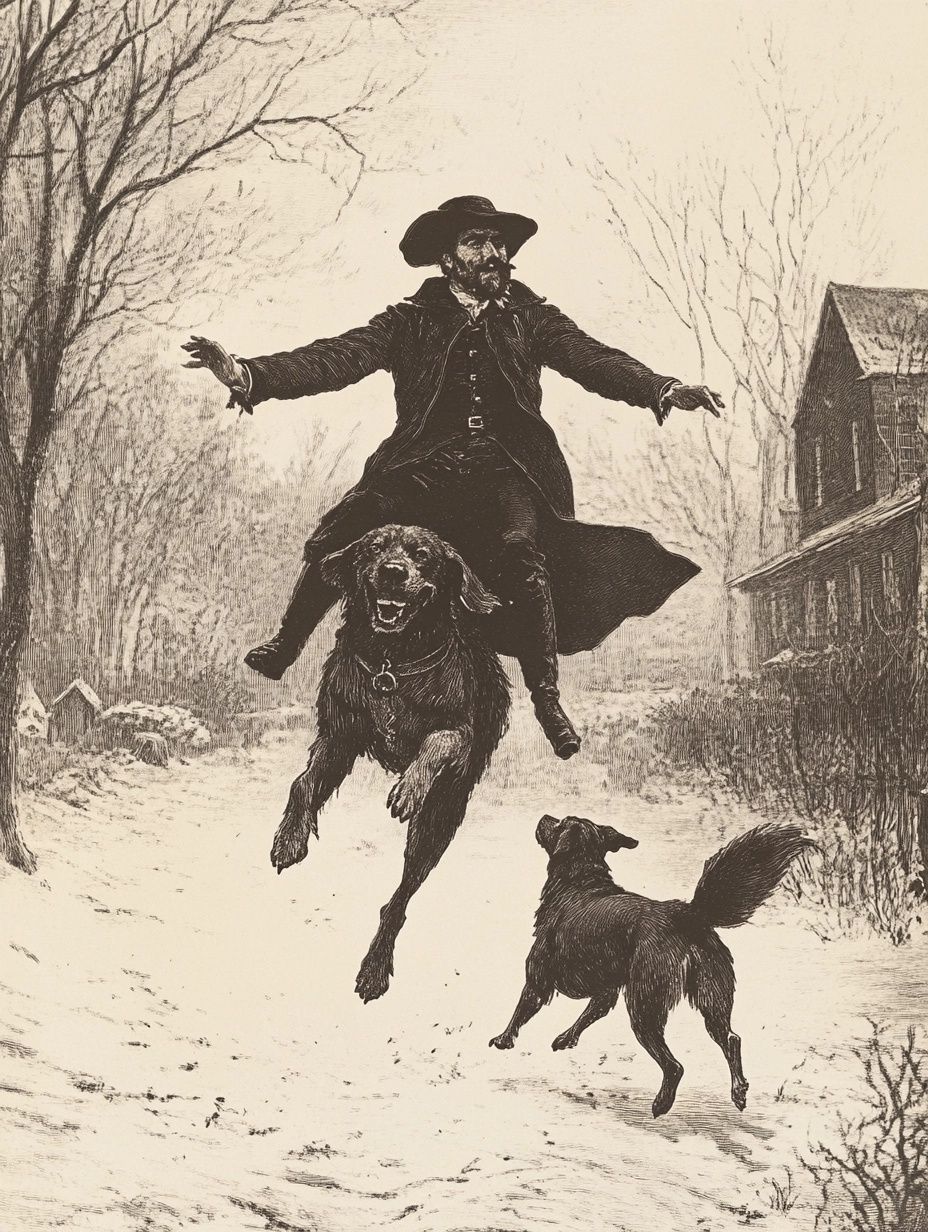

Though dogs appear to be the only animals officially tried, folklore from the time is also full of tales of witches transforming into various creatures who may have been unofficially subjected to less formal trials.
In the most famous and enduring association, black cats were especially feared, often blamed for ailments and misfortunes after crossing someone's path at night.
Other stories claimed witches disguised as animals caused livestock deaths, spoiled milk and sickened horses.
In a bizarre ritual, in an effort to detect these supposed witch disguises, local boys would grease their shoes with lard, believing it gave them an edge against the supernatural.
To each their own.
Animal trials in French Canada
Don’t think that Canada escaped the insanity of the animal trials!
In a French Canadian legend from 1684, they faced a bizarre legal case when enormous flocks of pigeons wreaked havoc on the region's grain fields. The birds were officially summoned to court, tried and found guilty of their "crimes."
The verdict? Condemnation and banishment.
Soon after the ruling, the pigeons departed for their annual migration south, leaving the locals to marvel at the apparent success of their judicial intervention.
And inanimate objects weren’t safe either…
It wasn't only living beings that came under attack.
These evil objects were also put in their place (the 2nd one really quite recently too!).
The church bell of La Rochelle
In 1685, a Protestant church in La Rochelle, France, was demolished under Catholic orders.
Its bell, yes the large metal bell that ding donged every hour at the top of the spire, was accused of summoning heretics.
It was then ceremoniously whipped, buried, disinterred and baptized before being installed in a new cathedral.
The Maryland tree
Even as recently as 1887, a tree in Maryland was tried for killing a man after it fell on him.
The court ruled that the tree’s wood should be forfeited to the man’s family.
Which is perfectly fair, it’s just the whole trial bit I can’t get my head round.
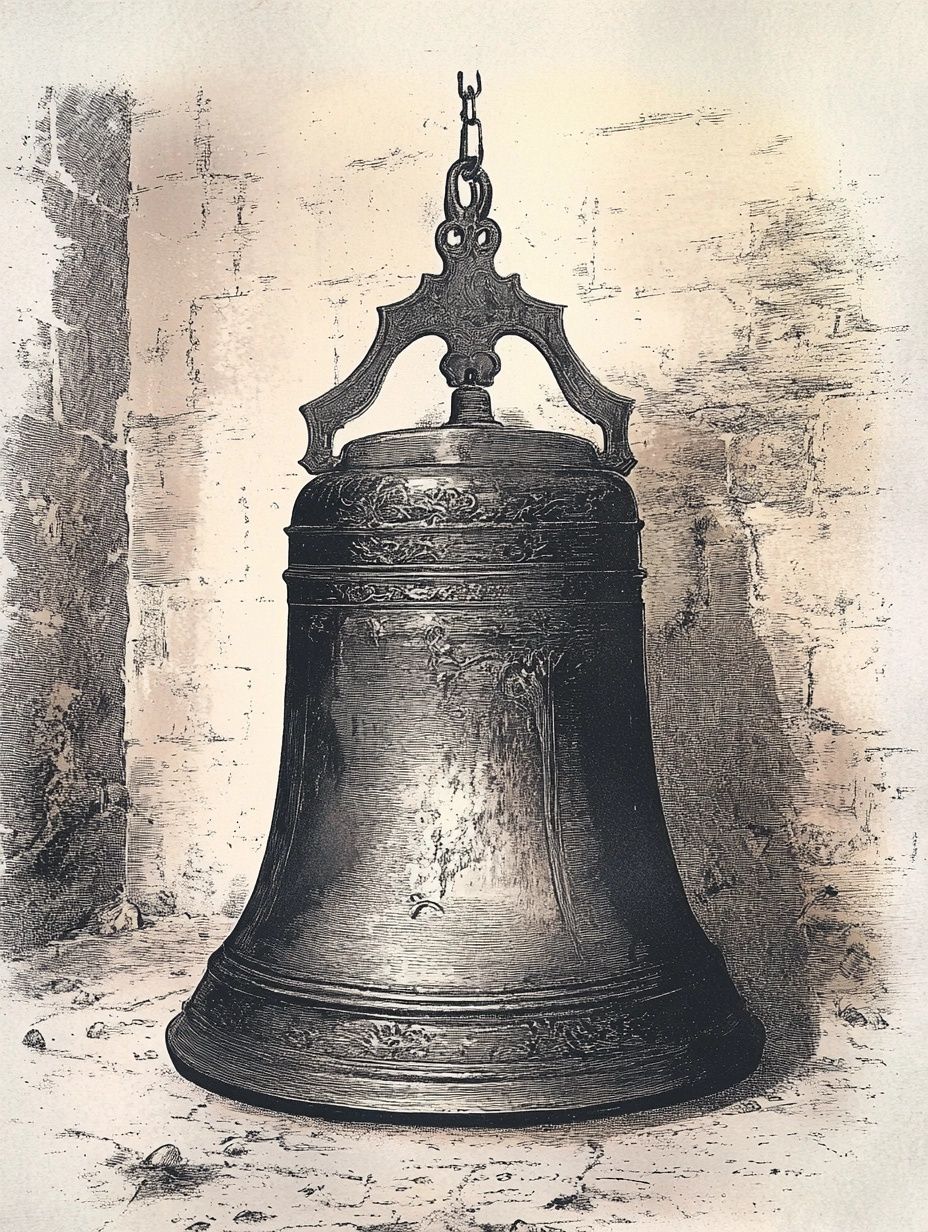
The phenomenon of the animal trials are a real testament to the power and extremes of human superstition. The trials weren’t only a reflection of religious zeal but also a way for terrified communities to externalize their anxieties and project blame for misfortune.
By assigning malice to animals, societies could reinforce their belief in the Devil’s power while simultaneously justifying cruelty and punishment against innocent creatures. It's no different to the same justifications that were applied to the human cases too, so it really doesn't seem surprising.
As utterly absurd as they may seem today, animal trials were a real and awful aspect in our history - and one that we should do everything to keep learning from.
Article sources
- Gemmill, William Nelson. The Salem Witch Trials: A Chapter of New England History. Chicago: A. C. McClurg & Co., 1924.
- Currier, John McNab. "Contributions to New England Folk-Lore." The Journal of American Folklore 4, no. 14 (1891): 253-256. Published by American Folklore Society.
- Kittredge, George Lyman. Witchcraft in old and New England. Harvard University Press, 1929.
Explore more witch folklore
Rare ghost stories from New England
From ancient mythology through the witch craze of the Middle Ages and beyond, get an overview of our history with witches here.
You might also like


